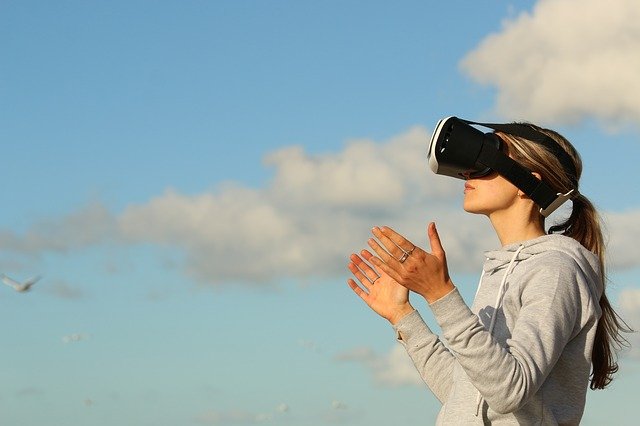Impacts of Extended Realities on Health, Edu., Gaming

With some practical uses, examples of augmented reality in everyday life, and the possibility of transforming various industries like gaming, health care, food, education, and the economy at large, extended reality has become one of the most-looked-up technologies presently.
For those who’re naive about Augmented Reality (AR), Virtual Reality (VR), Mixed Reality (MR), Extended Reality (XR) encompasses all, so it’s possible to hear about these terms as each one is distinct but still under XR.
The applications of extended reality which has the potential to impact everyone’s life is given below.
Although there are also concerns especially the negative effects it may have on culture, experience, and buying products, we’ll only deal with the benefits today.
Mixed Realities in Gaming and Education
Making learning relevant for students is one of the ways they can learn better because when you connect learning to real-life experience, students learn better, retain what they learn and they would be able to recall later in life.
Because of this, stakeholders in the education industry are constantly thinking about new ways to make the process of teaching a bit more interactive.
The introduction of game-based learning activities in the classroom is very much received now.
This is because, learning through games in the school would make the class interesting, help in developing new skills, and in critical thinking to solving problems.
With the help of gamification, VR could transform higher education as the complex subjects people usually fail and the difficult concepts can be made interesting.
While this is the case, there is a possible drawback as when the games revolving around the concepts are made mandatory, it might make the students disinterested in the given subject.
When Mixed Realities are brought into games, there are several layers of engagement and interaction which can be unveiled with it.
This can prevent the students from becoming disinterested.
The boring history classes can be turned lively where the students can go for a trip down memory lane with the help of Extended Realities (XR).
And this will make the field trip much more interesting and engaging.
With the help of XR, a dull concept can be turned lively and all the learning processes will be interactive.
The students can make use of XR to investigate all the monuments and historical places which will develop an interest in the subject.
Healthcare and Wearable Technology
In the healthcare sector, there is the possibility of using Augmented Reality in teaching students in the case of surgical procedures.
With XR, the human body organs can be shown in 3D to teach the surgical procedures to the students without practicing it on patients.
They would be able to see the whole thing, identify where there is a problem, and even correct mistakes without risking life if it had been done on real humans.
This is achieved with simulated training sessions which can be used for in-depth procedures.
In the case of Ophthalmology, the use of XR can help with the eye surgery procedure.
The veins and other delicate areas in the patient’s eye can be seen precisely and any possible damage revolving around the surgery can be calculated beforehand.
Even in the case of real-time operations, the use of Mixed Realities will help surgeons in a great number of ways.
XR can be used by medical students for learning about the inner workings of the human body regarding any part in detail.
Virtual Realities can also help with patients suffering from depression as there are different Virtual reality psychological research on this.
Real-life situations can be simulated to counsel patients and help with their depression.
This has worked in the department of health psychology and mental health therapy for patients.
Already, there are several applications based on the XR. The future of healthcare will change rapidly in the Augmented Realities.
The developments in the field will bring in many innovations that will change the way of interacting in the medical world.
With the help of XR, a computer-generated environment can be witnessed by placing any kind of wearable technology in our eyes.
This will involve the use of headsets which will completely immerse the user in the virtual world and make them forget the real world.
There are also options where the visual and audio aids can be combined and the smartphones or tablets can be used to produce computer-generated images.
To enjoy the feel of Mixed Realities, the user will have to use wearable technology which is enhanced these days, like glasses.
The possibility is that wearable technology will combine with smartphones to make interactions better.
Mixed Realities in the Food Industry
Mixed Realities can also be implemented in the food industry.
With XR, chefs can learn new methods of food preparation through kitchen demos without human interaction.
Here, 3D projection can be used to bring food to life.
Other Impacts of Mixed Realities on Business
The XR can change many markets with its disruptive technology.
Several fields like retail, marketing, and advertising have a huge potential to change and huge benefits to get from the XR technology.
The way ads are displayed can be changed drastically and it can be made lively to make them more attractive. The applications are growing day by day.



